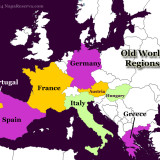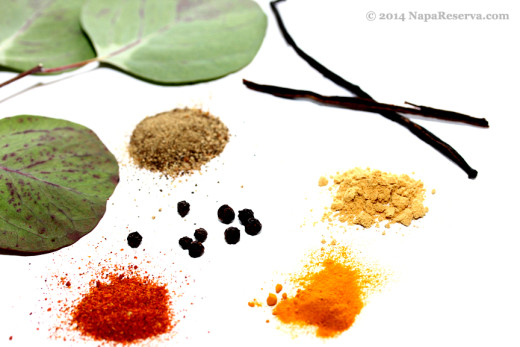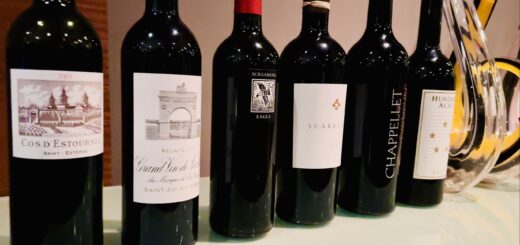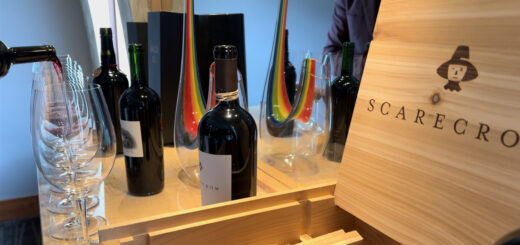Wines of Australia
Varietals
| Red | White |
| Shiraz* | Riesling |
| Cabernet Sauvignon* | Chardonnay* |
| Grenache | Semillon |
| Pinot Noir | Sauvignon Blanc |
| Merlot | Muscat |
| Viognier |
*Major varietals
Australian wines started out in the low end market, not until the 1980s, Australian wines are showing their true potential, especially so with a fruit-pack “jammy” Syrah, or more commonly known in Australia as Shiraz. Vast amount of land combined with state of the art technology, wine making in Australia is rapidly taking over the world wine market. It is now the 4th largest wine exporter in the world.
Geography & Climate
Being the fourth largest wine exporter in the world, Australia has sixty official wine regions, and a fantastic diversity of terroir. However, most vineyards are planted in the southern part of the continent, in the dryer and cooler areas such as Victoria, Western Australia, South Australia, New South Wales, Tasmania and Queensland.
In the southern part of the country where all the notable wines are produced, there has been very little variation in weather. Climate remains fairly moderate and cool thanks to maritime influence coming from the East and South. Soils of Australia range from gravels, sand to rich red clay giving way to a very diverse environment, as result, some wine from Australia carry much of the old world characters such as earthy and mineral, while others such as Barossa Valley delivers very ripe fruit driven signature red wine, Shiraz.
 Viticulture
Viticulture
Winemaking in Australia can be tracked back to colonial times, starting with the first planted European Vinis Vinifera. Vintners faced many difficulties due to the unpredictable Australian weather, but their passion for wine strived, claiming world-wide recognition. Winemaking took to big proportions in the last ten years, with unexpectedly positive results. Setting themselves apart from Europe, vignerons have come up with innovative techniques, world benchmarking a few varietals such as Shiraz, Cabernet Sauvignon, Semillon and Chardonnay.
Being in the southern sphere, harvesting season takes place throughout February and even in to late May, long growing season with fairly stable weather allows grapes to ripen evenly, this result in a soft texture wine with generous fruity characters.
Major Regions
South Australia
Clare Valley
Barossa valley
McLaren Vale
Coonawarra
New South Wales (Hunter Valley)
Wine-making
Australia’s winemaking philosophy differs than the rest of the world. Terroir isn’t taking much part in wine conversation. Winemakers believe that quality of wine comes from proper selection and blending. A wine may consist of grapes from all over a large region the size of Texas, such practice is very uncommon elsewhere in the world.
Fruit-driven and soft texture are what make Australian wine so approachable from all over. Shiraz and Cabernet Sauvignon from South Australia are among the biggest, full body wine out there with a plenty of fruits. Fruity characters translate very well in Australia’s top 2 white grapes, Chardonnay and Semillon. Creamy chardonnay rivals those from California can have wine lover widen their eyes with anticipation. Semillon on the other hand is savory with intriguing notes of honey and apricot.
Armed with the most technological advancement and little regulatory interference, Australia is making giant leaps in the wine world. Shiraz from Barossa Valley has already made its name of the map, Coonawarra isn’t very far behind with its tremendous Cabernet Sauvignon.
Like most New World countries, Australia enjoys little restriction on varietals. Similar to the US, limited government regulation allows winemakers to experiment with a wide range of conventional techniques. 85% of such grape must be presented in order to name on label, blended wines must label percentage of each grape, 85% of grape must come from region stated on label. It is fair to say, Australia employs the highest technology when it comes to wine, combined with wide-open philosophy, the sky is the limit. No surprise that Australia is leading the world in the use of screw caps, even for their high end wine.























